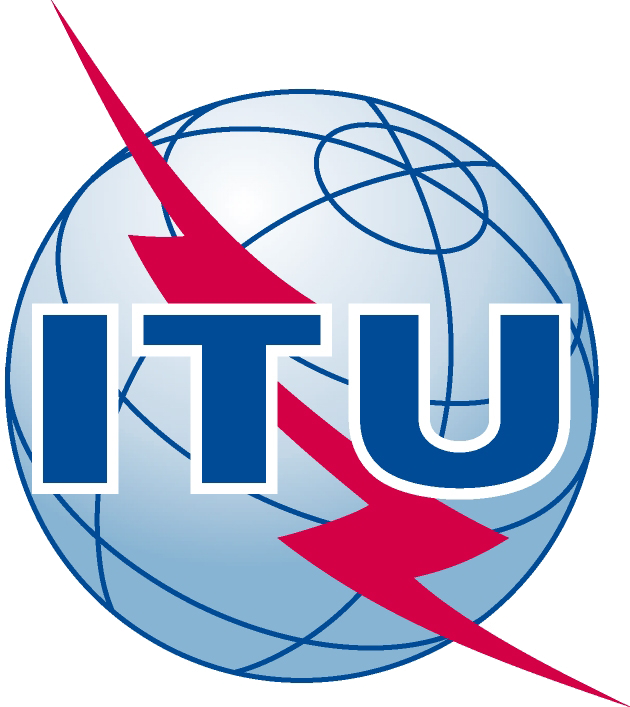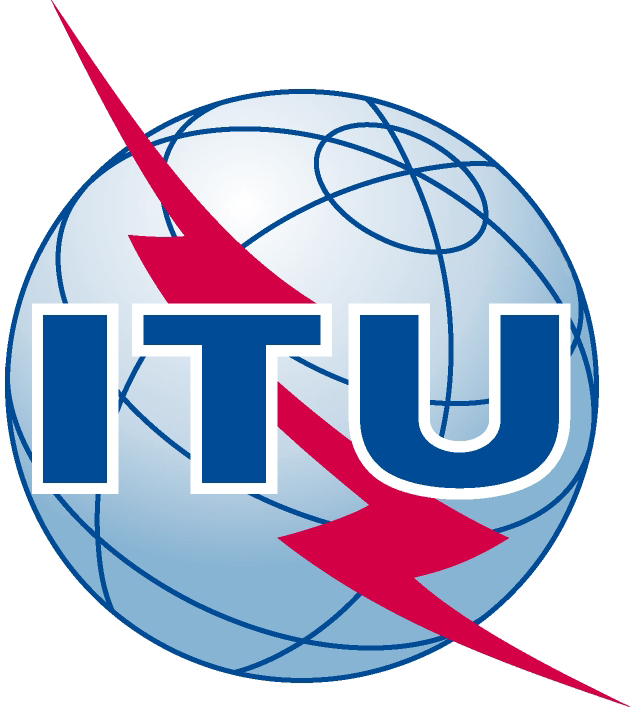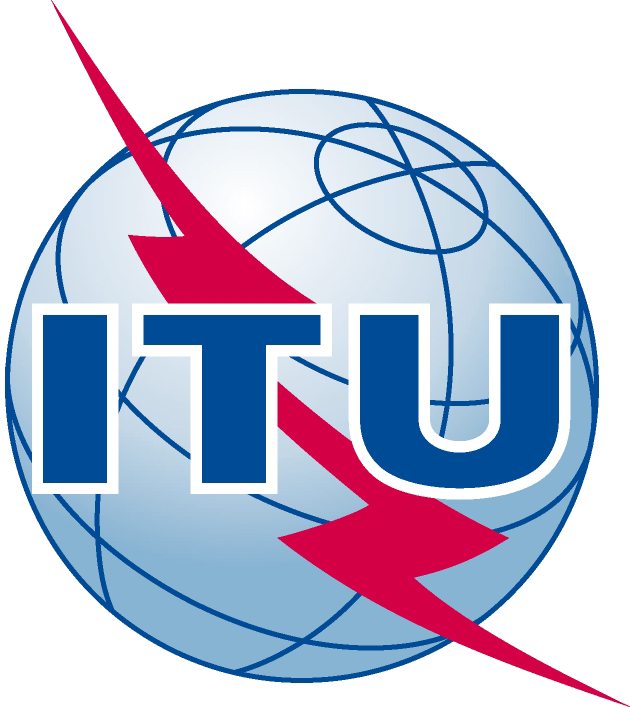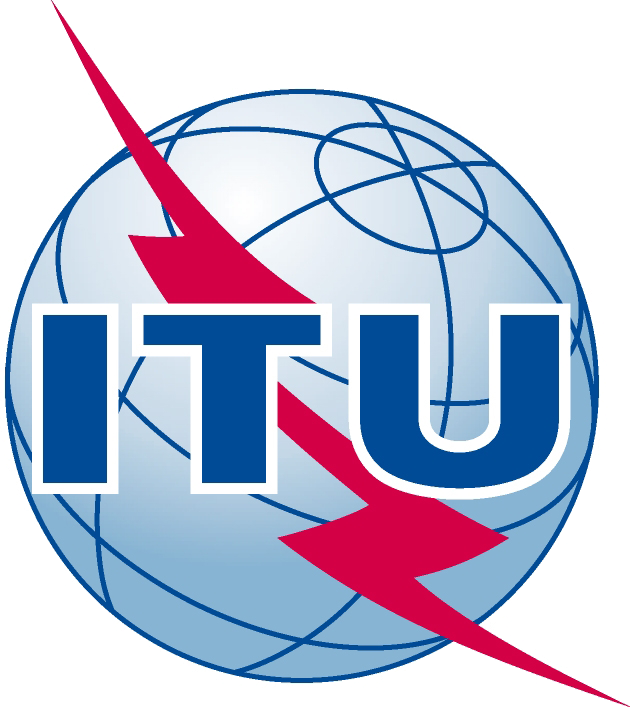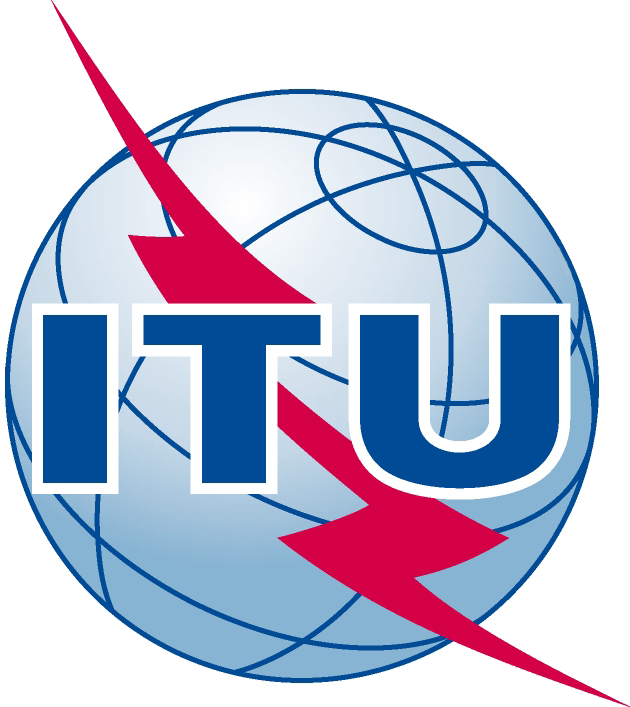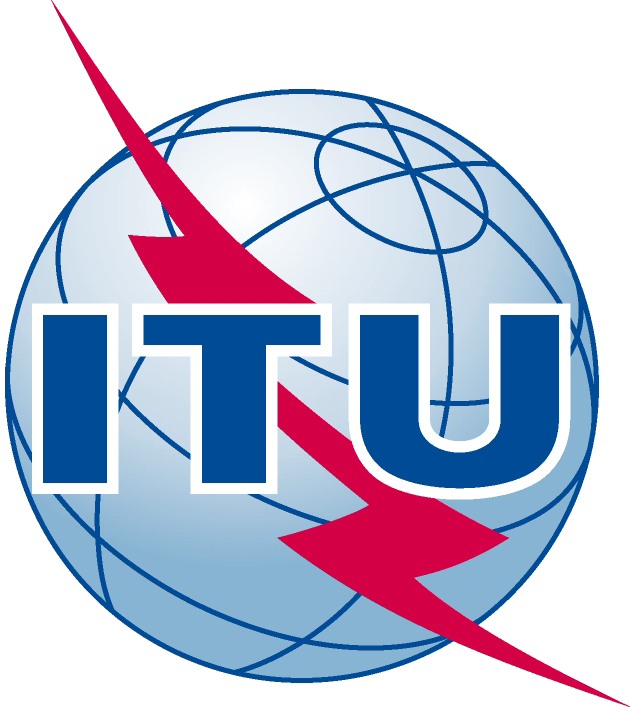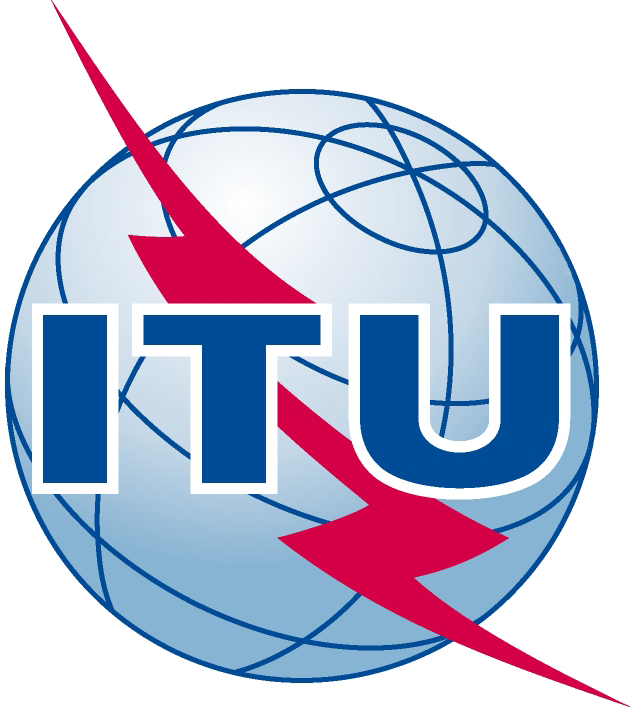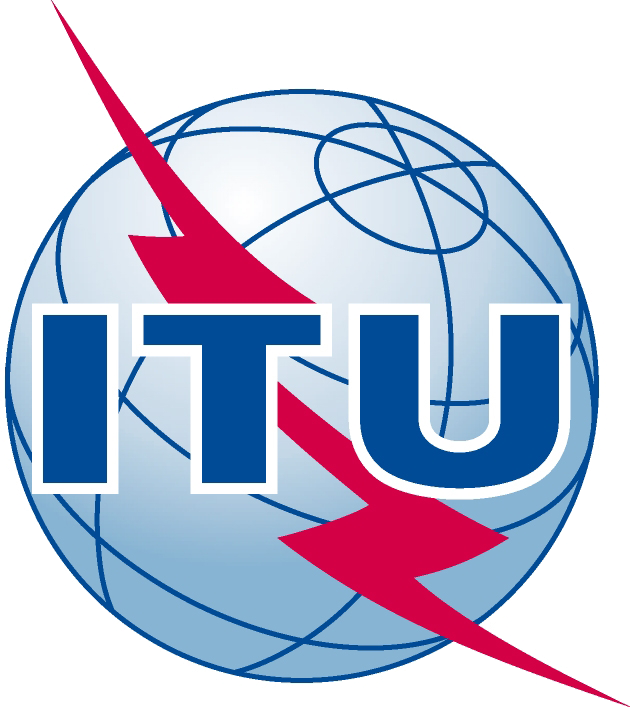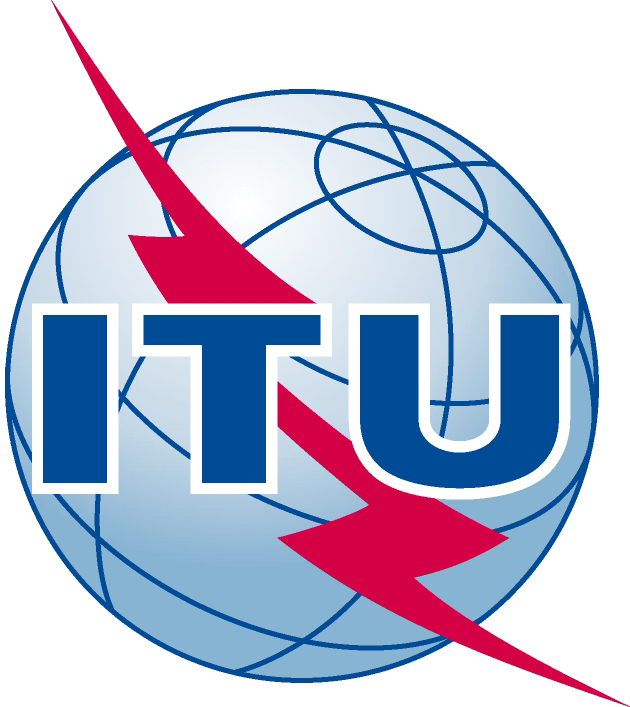ITU-T Focus Group on Quantum Information Technology for Networks (FG-QIT4N)
Quantum information technology (QIT) is a class of emerging technology that improves information processing capability by harnessing principles of quantum mechanics. It has promoted the booming of the second quantum revolution and will have a profound impact on ICT networks.
The ITU-T Focus Group on Quantum Information Technology for Networks (FG-QIT4N) was established in September 2019 to provide a collaborative platform for pre-standardisation aspects of QIT for networks. Its main objectives are:
- to study the evolution and applications of QIT for networks;
- to focus on terminology and use cases for QIT for networks;
- to provide necessary technical background information and collaborative conditions to effectively support QIN-related standardization work in ITU-T Study Groups;
- to provide an open cooperation platform with ITU-T Study Groups and other SDOs.

